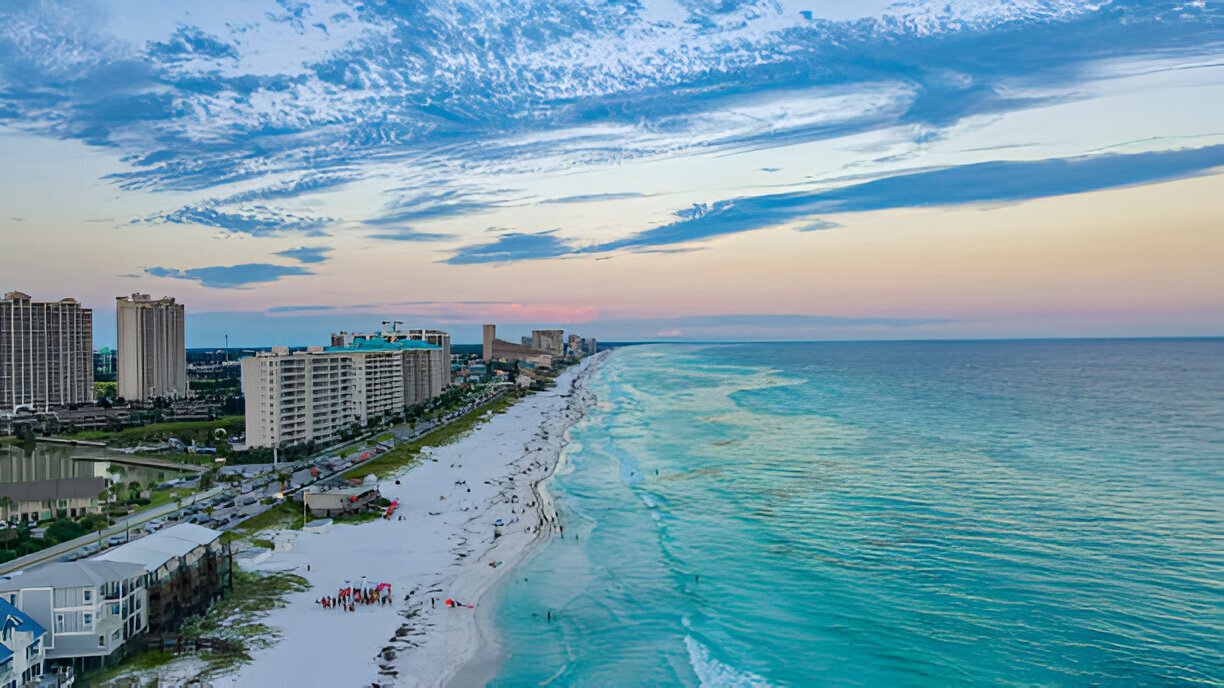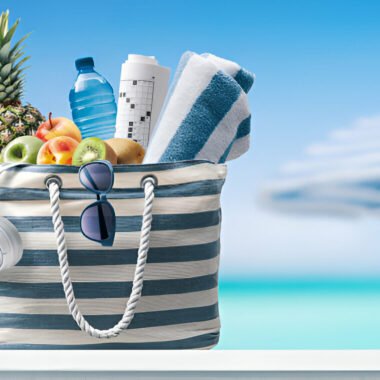Table of Contents
Panama City Beach Drownings: Stay Safe on Your
Introduction
Panama City Beach is a popular vacation destination known for its stunning white sand beaches and crystal-clear waters. While it offers a perfect setting for relaxation and fun, it’s crucial to be aware of the potential risks that come with ocean activities. Water safety should be a top priority for all beachgoers to ensure a safe and enjoyable vacation.
Understanding the Risks
Drownings can occur swiftly and silently, often due to a lack of awareness or preparation. The most common causes of drownings at Panama City Beach include rip currents, sudden changes in weather, and unsafe swimming practices. Understanding these risks can help you take the necessary precautions.
Common Causes of Drownings
- Rip Currents: Strong, narrow currents that can pull swimmers away from the shore.
- Weather Conditions: Sudden storms or high winds that create dangerous swimming conditions.
- Human Factors: Lack of swimming skills, overestimation of abilities, and alcohol consumption.
Statistics on Drownings in Panama City Beach
Recent statistics highlight the importance of water safety. Over the past few years, Panama City Beach has seen several drowning incidents, many of which could have been prevented with proper precautions and awareness.
Rip Currents: The Invisible Threat
What Are Rip Currents?
Rip currents are powerful, narrow channels of fast-moving water that flow from the shore out to sea. They can occur at any beach with breaking waves and are responsible for most lifeguard rescues.
How to Identify Rip Currents
- Color and Water Movement: Look for differences in water color, a line of foam, seaweed, or debris moving seaward.
- Calm Gaps: Rip currents often appear as calm gaps in the wave pattern.
What to Do If Caught in a Rip Current
- Stay Calm: Don’t fight the current. Float or tread water.
- Swim Parallel: Swim parallel to the shore until you’re out of the current, then swim back to land at an angle.
Weather Conditions and Ocean Safety
The Impact of Weather on Ocean Safety
Weather significantly influences ocean conditions. High winds, thunderstorms, and changing tides can create hazardous situations for swimmers.
Checking Weather and Tide Reports
Before heading to the beach, check local weather forecasts and tide schedules. Many websites and apps provide real-time updates on weather conditions and tide patterns, helping you plan a safe day by the water.
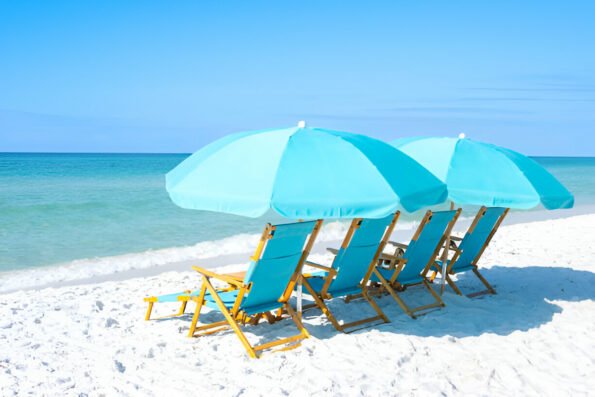
Beach Safety Tips
General Beach Safety Guidelines
- Swim Near Lifeguards: Always swim in areas supervised by lifeguards.
- Buddy System: Never swim alone; always have a buddy.
- Stay Hydrated and Protected: Drink plenty of water and use sunscreen to protect against dehydration and sunburn.
The Importance of Swimming in Designated Areas
Designated swimming areas are monitored for safety and typically free from dangerous currents and obstacles. Always adhere to posted signs and warnings.
The Role of Lifeguards
Lifeguard Duties and Responsibilities
Lifeguards are trained professionals responsible for ensuring the safety of beachgoers. They monitor swimming areas, provide first aid, and perform rescues when necessary.
How to Locate Lifeguard Stations
Lifeguard stations are usually marked with flags or signs. Familiarize yourself with their locations when you arrive at the beach.
Swimming Skills and Safety
Importance of Swimming Lessons
Learning to swim is essential for water safety. Swimming lessons can teach you how to stay afloat, swim efficiently, and handle emergency situations.
Basic Swimming Safety Tips
- Know Your Limits: Don’t push yourself beyond your abilities.
- Rest Periods: Take breaks to avoid exhaustion.
- Proper Gear: Use goggles, swim caps, and other appropriate equipment.
Boating and Water Sports Safety
Safety Measures for Boating
- Life Jackets: Always wear a life jacket when on a boat.
- Weather Awareness: Check weather conditions before heading out.
- Boating Regulations: Follow all local boating laws and regulations.
Tips for Safe Participation in Water Sports
- Equipment Checks: Ensure all equipment is in good condition.
- Professional Instruction: Consider lessons or guidance from professionals, especially for activities like jet skiing or parasailing.
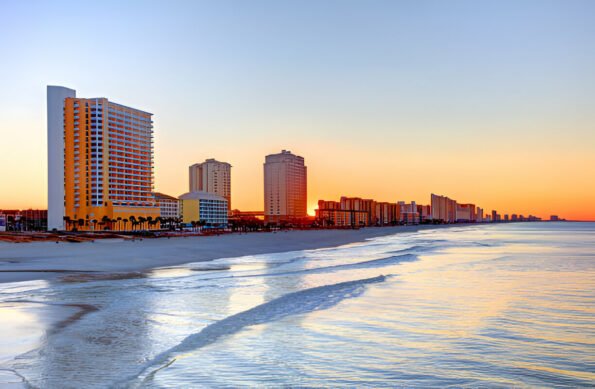
Alcohol and Water Safety
Risks of Drinking Alcohol While Swimming
Alcohol impairs judgment, balance, and coordination, increasing the risk of accidents and drownings. It’s best to avoid alcohol while swimming or engaging in water activities.
Safe Drinking Practices on the Beach
If you choose to drink, do so responsibly. Stay hydrated, alternate alcoholic drinks with water, and never swim under the influence.
Using Safety Equipment
Essential Beach Safety Gear
- Flotation Devices: Use life vests or flotation devices, especially for children and weak swimmers.
- Rescue Tools: Keep a throwable flotation device or a rope handy.
How to Use Flotation Devices Effectively
Ensure that life vests fit properly and are Coast Guard-approved. Practice using them in a safe environment before relying on them in an emergency.
Emergency Response and First Aid
How to Respond in a Drowning Emergency
- Alert Lifeguards: Signal for help immediately.
- Provide Assistance: If trained, attempt a rescue with caution, using flotation devices.
Basic First Aid for Water-Related Incidents
Learn CPR and basic first aid techniques. Knowing these skills can make a critical difference in an emergency.
Educating Children About Water Safety
Teaching Kids About the Dangers of the Ocean
Use simple, clear language to explain the risks of the ocean. Reinforce the importance of swimming with adults and following safety rules.
Fun and Educational Activities
Engage children with water safety games and activities that teach them how to recognize dangers and respond appropriately.
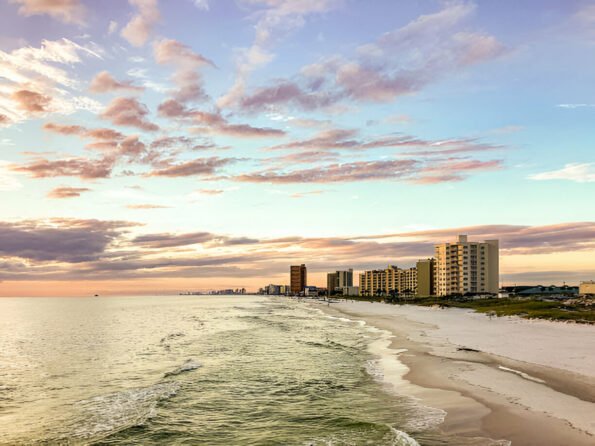
Local Resources and Support
Resources Available for Tourists in Panama City Beach
Tourists can access various resources, including visitor centers, beach patrols, and local information services that provide safety tips and updates.
Contact Information for Local Emergency Services
Keep a list of local emergency contacts, including lifeguard stations, the coast guard, and medical facilities.
Staying Informed and Prepared
How to Stay Updated on Safety Advisories
Follow local news and weather channels, and subscribe to beach alert systems that provide real-time information on ocean conditions and safety advisories.
Preparing for Unexpected Situations
Pack a safety kit with essentials like first aid supplies, water, and snacks. Know the location of the nearest emergency facilities.
Conclusion
Staying safe at Panama City Beach involves understanding the risks, being prepared, and following safety guidelines. By taking these precautions, you can enjoy your vacation to the fullest without compromising your safety. Remember, a little preparation goes a long way in preventing accidents and ensuring a fun, memorable beach experience.
FAQs
How can I recognize a rip current?
Rip currents often appear as calm, narrow channels of water moving away from the shore, usually with a noticeable difference in water color and a line of foam or debris.
Are there specific times when it’s safer to swim?
Swimming is generally safer during daylight hours when lifeguards are on duty. Avoid swimming during adverse weather conditions and strong tides.
What should I do if I see someone drowning?
Alert a lifeguard immediately. If trained, you can attempt a rescue using a flotation device but always prioritize your own safety.
Can children swim safely at Panama City Beach?
Yes, children can swim safely if they stay in designated areas, wear appropriate flotation devices, and are supervised by adults at all times.
What resources are available for non-swimmers?
Non-swimmers can enjoy the beach safely by using life vests, staying in shallow water, and avoiding strong currents. Many local organizations also offer swimming lessons and safety courses.

